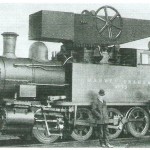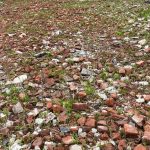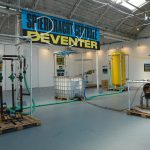“As in the past, the highway will continue to play a vital role in the progress of civilization. It will be our magic carpet, to new hopes, new dreams, and a better way of life for the future.”
Watch the movie. Previously: Magic Motorways (1939) / London Traffic Improvements (1938) / Roadtown (1910).





